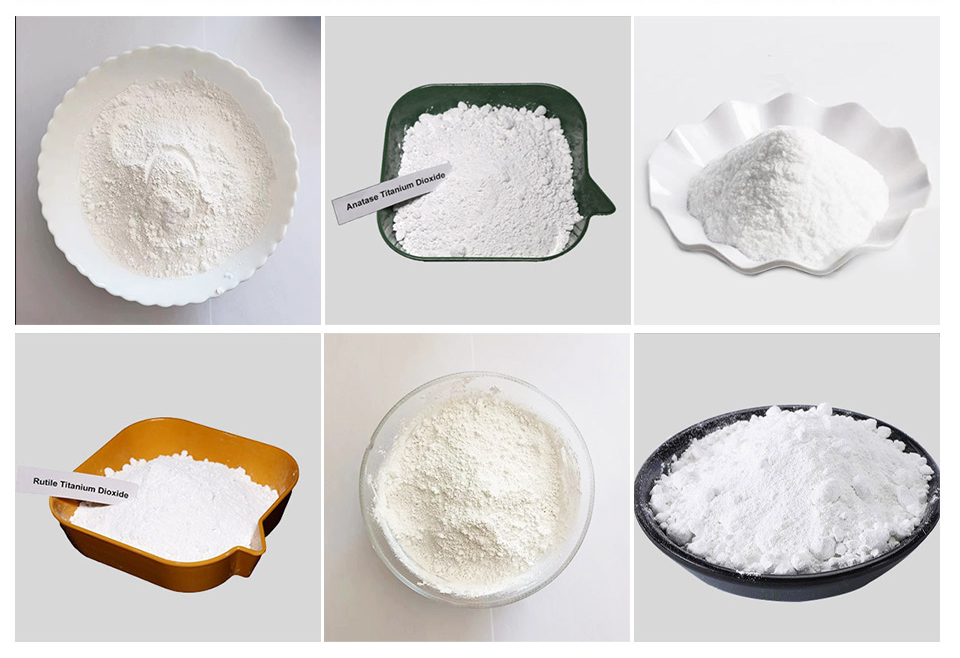
Dec . 07, 2024 08:15 Back to list
Is Titanium Dioxide Found in Nature or Produced Through Synthetic Processes?
Is Titanium Dioxide Natural or Synthetic?
Titanium dioxide (TiO₂) is a chemical compound that has gained widespread prominence in various industries, ranging from the production of pigments to food and cosmetics. Its unique properties, including its brightness, opacity, and UV resistance, make it a popular choice for many applications. However, a question often arises Is titanium dioxide a natural or synthetic product? To answer this, we must explore its sources, production methods, and uses in different contexts.
Natural Sources of Titanium Dioxide
Titanium dioxide naturally occurs in nature in several mineral forms, the most notable being rutile, anatase, and brookite. These minerals are primarily found in igneous and metamorphic rocks, as well as in sedimentary deposits. Natural titanium dioxide is mined from these ores, which contains varying percentages of TiO₂ along with other minerals and impurities. This natural form of titanium dioxide is often considered natural because it is derived from geological processes over millions of years.
The natural form is typically used in specialized applications, such as some cosmetics, where a naturally derived ingredient is preferred. Natural titanium dioxide can sometimes be less processed, maintaining certain trace minerals that can be of interest to consumers looking for more organic or less chemically altered products.
Synthetic Production of Titanium Dioxide
While titanium dioxide can be sourced from natural minerals, the vast majority of titanium dioxide used today is produced synthetically through either the sulfate process or the chloride process
.1. Sulfate Process In this method, titanium ore is treated with sulfuric acid, yielding titanyl sulfate, which is further processed to produce titanium dioxide. The sulfate process can produce a variety of grades of titanium dioxide, which are suitable for different applications. However, this method can generate significant waste products and is less environmentally friendly.
is titanium dioxide natural or synthetic

2. Chloride Process In contrast, the chloride process uses chlorine gas to convert titanium-containing minerals into titanium tetrachloride (TiCl₄). This TiCl₄ is then oxidized to form titanium dioxide. Although the chloride process is typically more costly, it is favored for producing high-purity titanium dioxide with fewer impurities and a more consistent quality. This makes it highly valuable in paint, coatings, and plastics.
The synthetic forms of titanium dioxide are often preferred in commercial applications due to their controlled properties and higher quality, which can significantly enhance the performance of products.
Applications and Consumer Perception
In consumer products, titanium dioxide is widely used as a pigment in paints, coatings, plastics, and papers due to its excellent coverage and durability. Additionally, it is a common ingredient in sunscreens and lotions, where it serves as a UV filter.
The perception of whether titanium dioxide is natural or synthetic can impact consumer choices. For instance, in the cosmetics industry, many consumers are increasingly opting for products labeled as natural or organic, spurring brands to seek naturally sourced ingredients. However, it is important to note that synthetic titanium dioxide is generally regarded as safe for use in cosmetics and food products. The U.S. Food and Drug Administration (FDA) and the European Commission's Scientific Committee on Consumer Safety have deemed it safe for these applications when used appropriately.
Conclusion
In summary, titanium dioxide can be both natural and synthetic, depending on its source and production method. While it is derived from natural minerals found in the earth, most of the titanium dioxide used today is produced through synthetic processes. Understanding the differences between natural and synthetic titanium dioxide can help consumers make informed choices about the products they use. Ultimately, whether sourced naturally or produced synthetically, titanium dioxide continues to play a crucial role across a variety of industries due to its unique properties and versatility.
-
Premium 6618 Titanium Dioxide for GPT-4 Turbo Applications
NewsJul.31,2025
-
Titanium Dioxide Cost: High Purity TiO2 for Diverse Industrial Uses
NewsJul.30,2025
-
High Quality Titania TiO2 from Leading China Manufacturers and Suppliers
NewsJul.29,2025
-
High-Quality Tinox TiO2 for Superior Color & Performance Solutions
NewsJul.29,2025
-
High Quality Titania TiO2 from Leading China Supplier & Manufacturer
NewsJul.29,2025
-
High-Performance r6618 TiO2 for Superior Whitening and Versatility
NewsJul.28,2025
